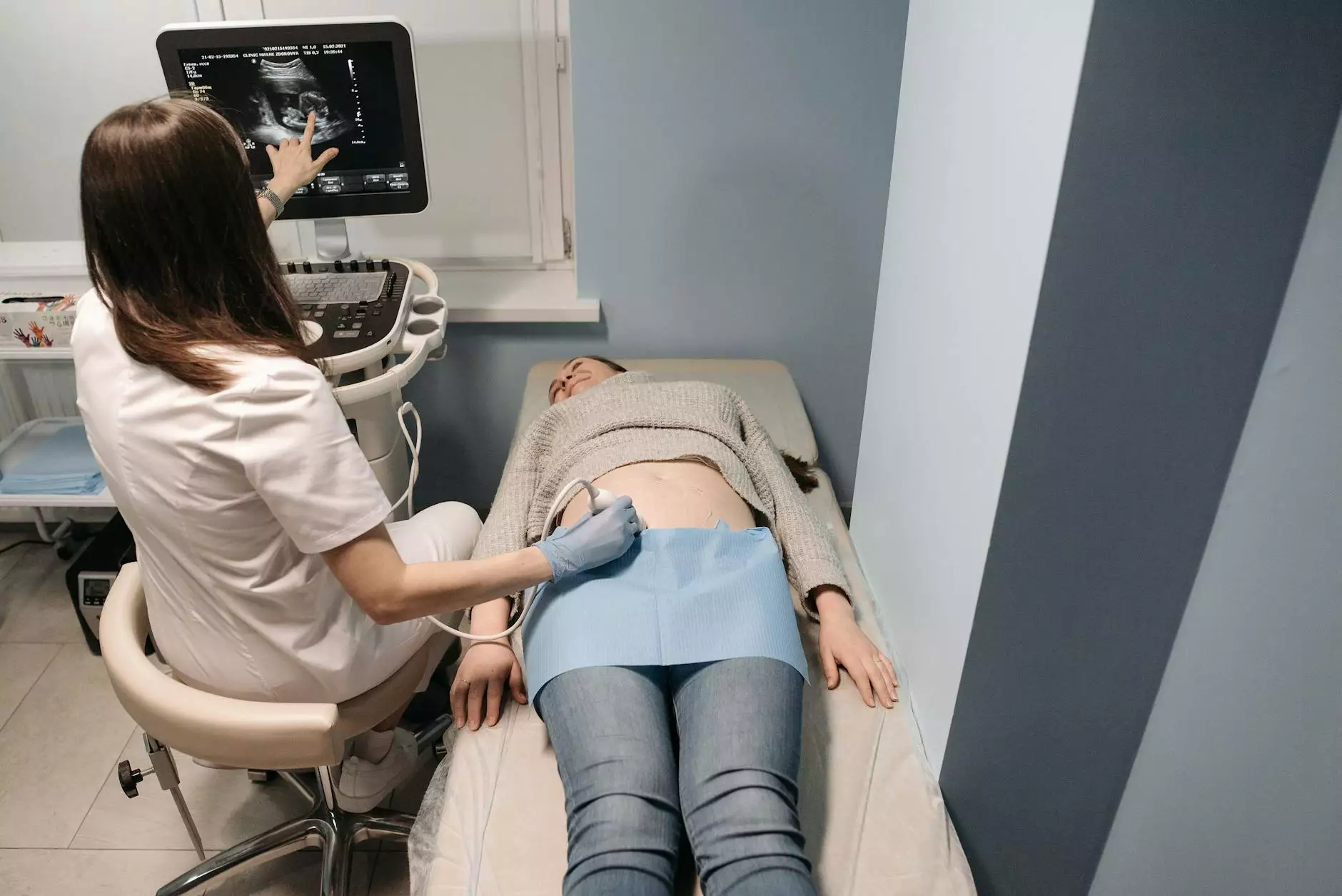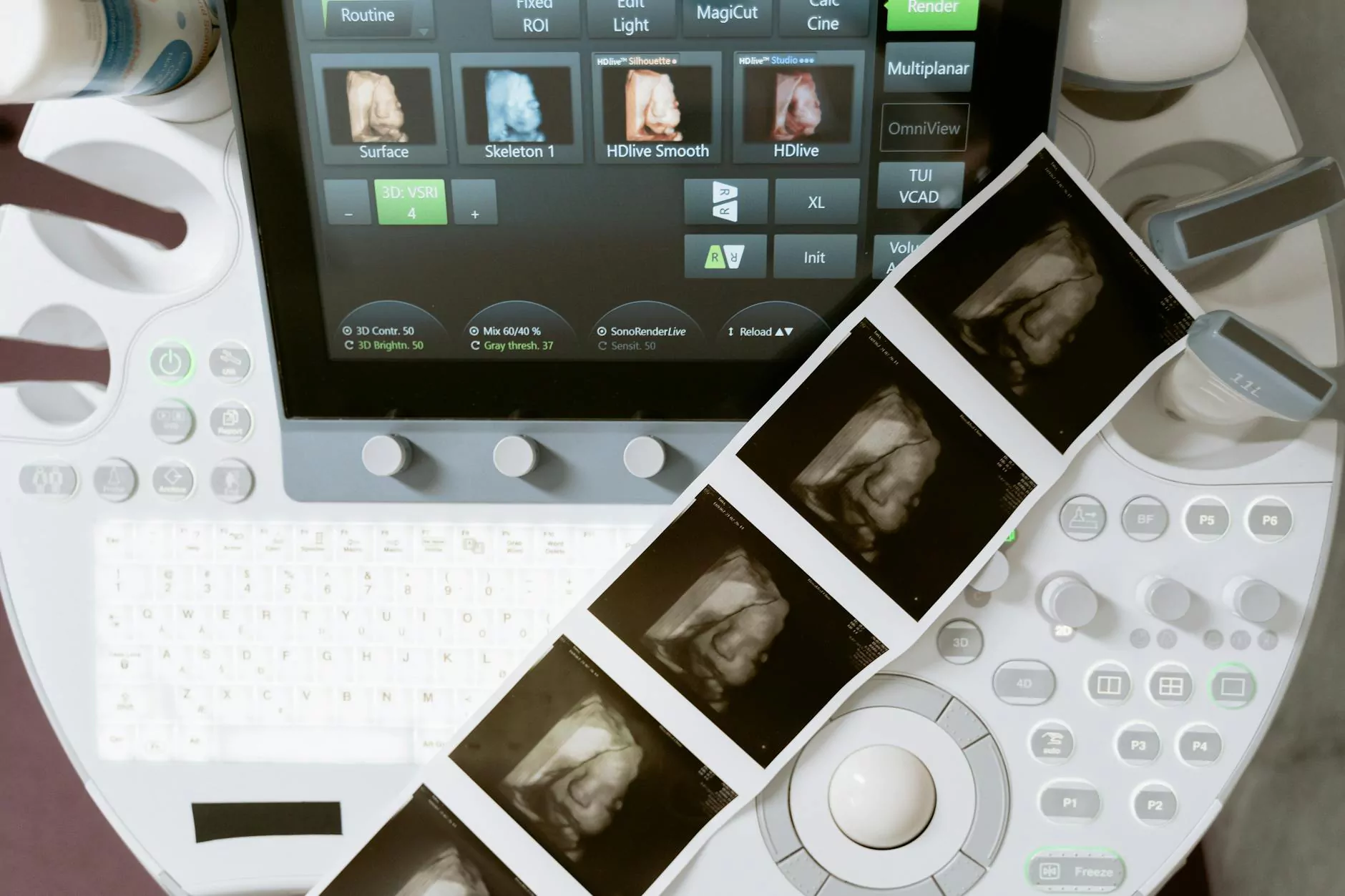The Long-Term Risks of Hysterectomy

Introduction
Hysterectomy is a surgical procedure that involves the removal of the uterus, and sometimes the cervix as well. It is a common procedure performed for various reasons, including treating uterine fibroids, endometriosis, or certain types of cancer. While hysterectomy can provide relief from specific medical conditions, it is important to understand the potential long-term risks and complications associated with this surgery. In this article, we will explore the various factors and issues related to the long-term effects of hysterectomy.
Understanding the Procedure
Hysterectomy is a major surgical procedure that involves the removal of the uterus and other accompanying structures. Depending on the specific condition being treated, a partial or total hysterectomy may be performed. A partial hysterectomy involves the removal of the uterus, leaving the cervix intact, while in a total hysterectomy, both the uterus and cervix are removed.
Potential Long-Term Risks
While hysterectomy is considered relatively safe, there are potential long-term risks and complications that should be taken into consideration before undergoing the procedure. These include:
1. Hormonal Imbalances
Following hysterectomy, some women may experience hormonal imbalances due to the removal of the uterus and ovaries. This can lead to symptoms such as hot flashes, mood swings, and decreased sexual desire. Hormone replacement therapy (HRT) may be recommended to alleviate these symptoms.
2. Pelvic Organ Prolapse
The removal of the uterus can sometimes result in the weakening of the pelvic floor muscles, leading to pelvic organ prolapse. This condition occurs when the organs in the pelvic area drop from their normal positions. Women who undergo a hysterectomy may experience urinary incontinence, discomfort during sexual intercourse, or a feeling of pressure or fullness in the pelvic region.
3. Urinary Problems
Hysterectomy can occasionally cause urinary problems such as urinary incontinence or difficulty emptying the bladder completely. These issues can be temporary or persistent, depending on the individual, the specific surgical technique used, and other factors.
4. Sexual Dysfunction
Some women may experience changes in sexual function and satisfaction after hysterectomy. This can be due to physical changes in the pelvic area, hormonal imbalances, or psychological factors. Open communication with your healthcare provider can help address these concerns and explore potential solutions or treatments.
5. Surgical Complications
As with any surgical procedure, there are risks of complications during and immediately after the surgery. These may include infection, bleeding, damage to surrounding organs or structures, or adverse reactions to anesthesia. It is essential to discuss these risks with your doctor and ensure that the benefits of hysterectomy outweigh the potential complications.
Reducing the Risks
While there are potential risks associated with hysterectomy, certain measures can be taken to minimize these risks and enhance the overall outcome of the surgery:
1. Seek an Experienced Surgeon
Choosing a skilled and experienced gynecological surgeon is crucial for a successful hysterectomy. Ensure that your surgeon specializes in these procedures and has a proven track record of positive patient outcomes.
2. Explore Less Invasive Options
In some cases, less invasive alternatives to hysterectomy may be available. These include medication, hormonal treatments, or minimally invasive surgeries such as laparoscopic or robotic-assisted procedures. Discuss with your doctor to explore all available options for your specific condition.
3. Opt for Conservative Surgery, When Possible
If feasible, opt for conservative surgery that preserves the uterus, such as a myomectomy or a uterine-sparing procedure for certain conditions. This may help reduce the potential long-term risks associated with a full hysterectomy.
4. Follow Post-Surgical Care Guidelines
Adhering to the post-surgical care guidelines provided by your healthcare team is crucial for a smooth recovery and minimizing potential complications. These guidelines may involve proper wound care, medication management, and gradually resuming normal activities.
Conclusion
While hysterectomy can provide relief from various gynecological conditions, it is essential to recognize and understand the potential long-term risks associated with this surgical procedure. By being well-informed, considering alternative treatments, and seeking specialized care, you can make the best decision for your health and well-being.
long term risks of hysterectomy







